
book formats
Byblio Press can publish four book formats: two types of printed books (paperback and hardback), e-books, and audiobooks. Printed and e-books can be made in both black-and-white and color interiors.

Paper

Paper
Byblio Press books are printed worldwide and the paper can vary by location. We arrange local printing and shipping when possible to minimize the time and cost to deliver a book to a buyer.
The paper specifications may differ based on the company that prints the book. Different paper color options are available; black and white books are usually printed in using crème (off-white) paper, and some types of books use white paper. Color books are printed on various types of white paper.
Most black-and-white books use 50-pound crème paper, and color books typically use 70-pound white paper. (Paper weight refers to the total weight of 500 sheets of the paper.) Crème paper lighter than 50 pounds is sometimes used to print trade paperback fiction books using paper made from wood pulp that doesn’t last as long as normal paper.
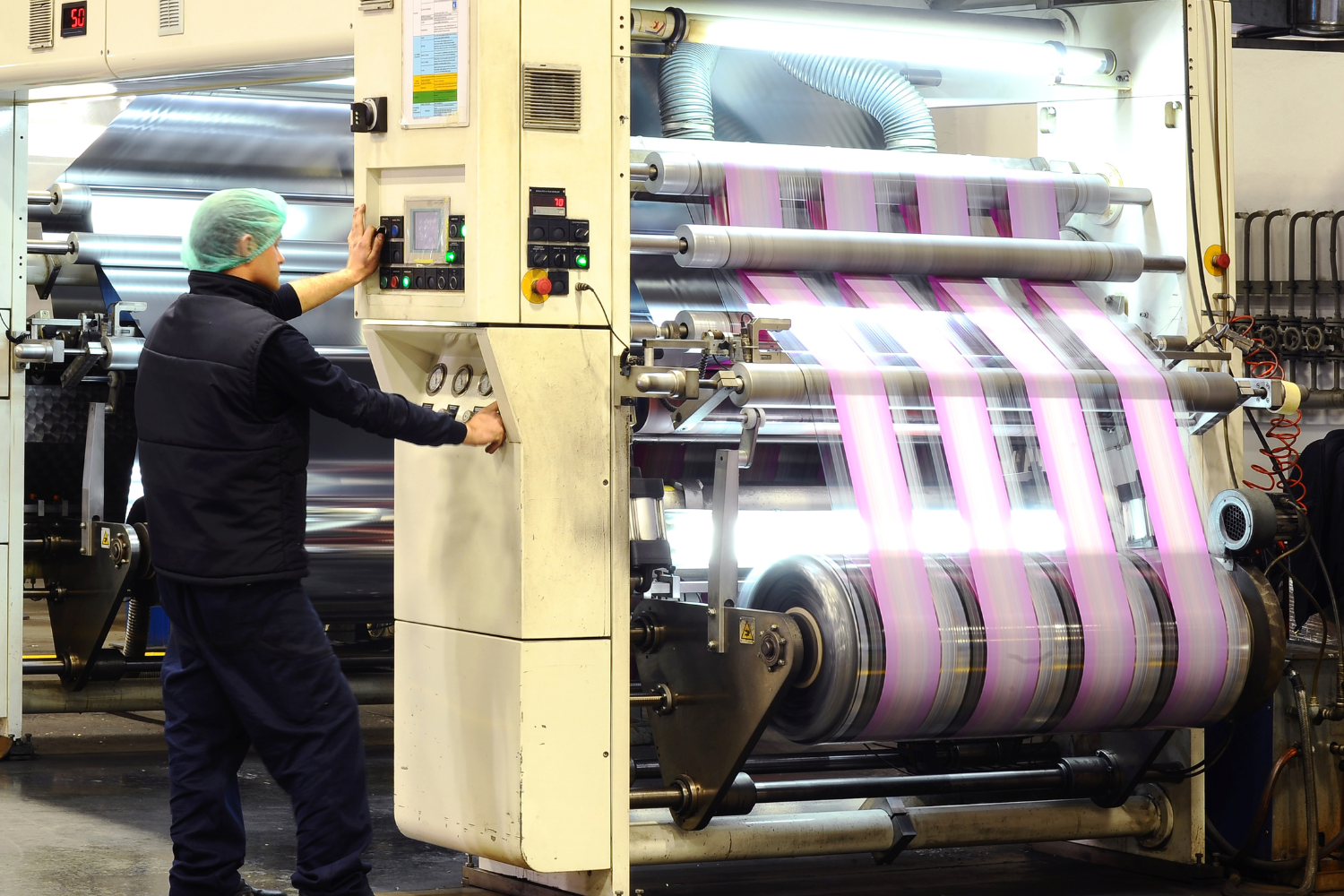

Binding

Binding
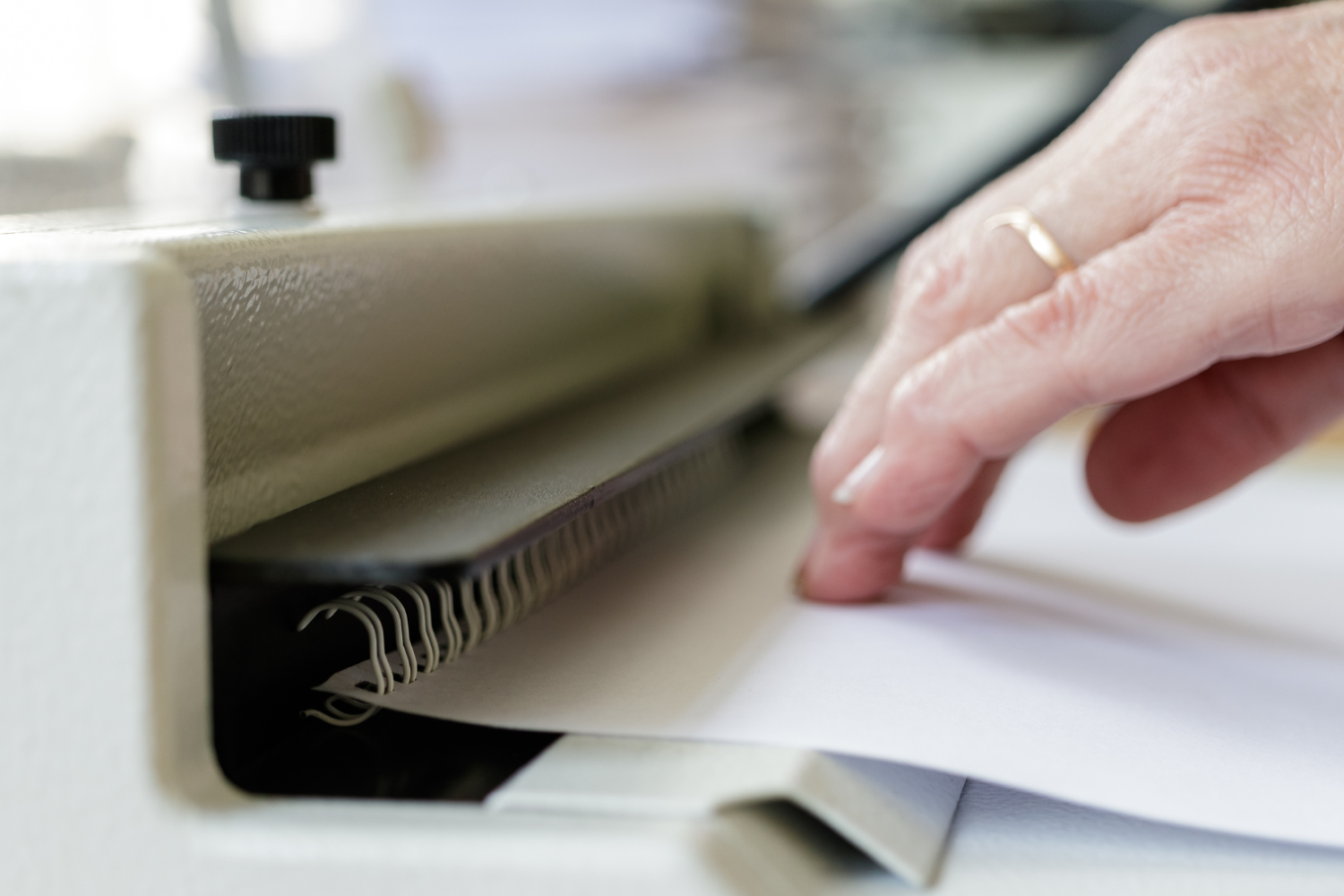
Binding refers to the way a book is held together. Byblio Press publishes books with the following binding options:
- Perfect binding is the most common binding option for most books printed in the USA. Perfect-bound books are made by gluing the pages to the spine. Most novels on your bookshelf are likely perfect-bound.
- Saddle stitch binding use thread or staples to bind pages to the spine. This binding is typically used for workbooks, notebooks and other books with thin spines and light paper.
- Case laminate is a binding used for hardcover books with no cloth jacket. The color cover is fused with the binding, compared with a traditional cloth-bound hardback with a dustcover.
- Cloth binding is used for hardcover books with a cloth jacket. A “dust cover” usually is wrapped around a cloth-bound book.

Book Sizes and Page Requirements

Book Sizes and Page Requirements
Books can have different sizes, and there is a minimum and maximum page count for each size.
Black & White Book Options
| Trim Size | Cover | Minimum Page # | Maximum Page # |
|---|---|---|---|
| 5" x 8" | Softcover | 48 | 900 |
| 5.5" x 8.5" | Softcover | 48 | 900 |
| 6" x 9" | Softcover | 48 | 900 |
| 7.5" x 9.25" | Softcover | 48 | 900 |
| 8.25" x 11" | Softcover | 48 | 900 |
| 5.5" x 8.5" | Glossy Hardcover | 108 | 900 |
| 5.5" x 8.5" | Cloth Hardcover | 108 | 900 |
| 6" x 9" | Glossy Hardcover | 108 | 900 |
| 6" x 9" | Cloth Hardcover | 108 | 900 |
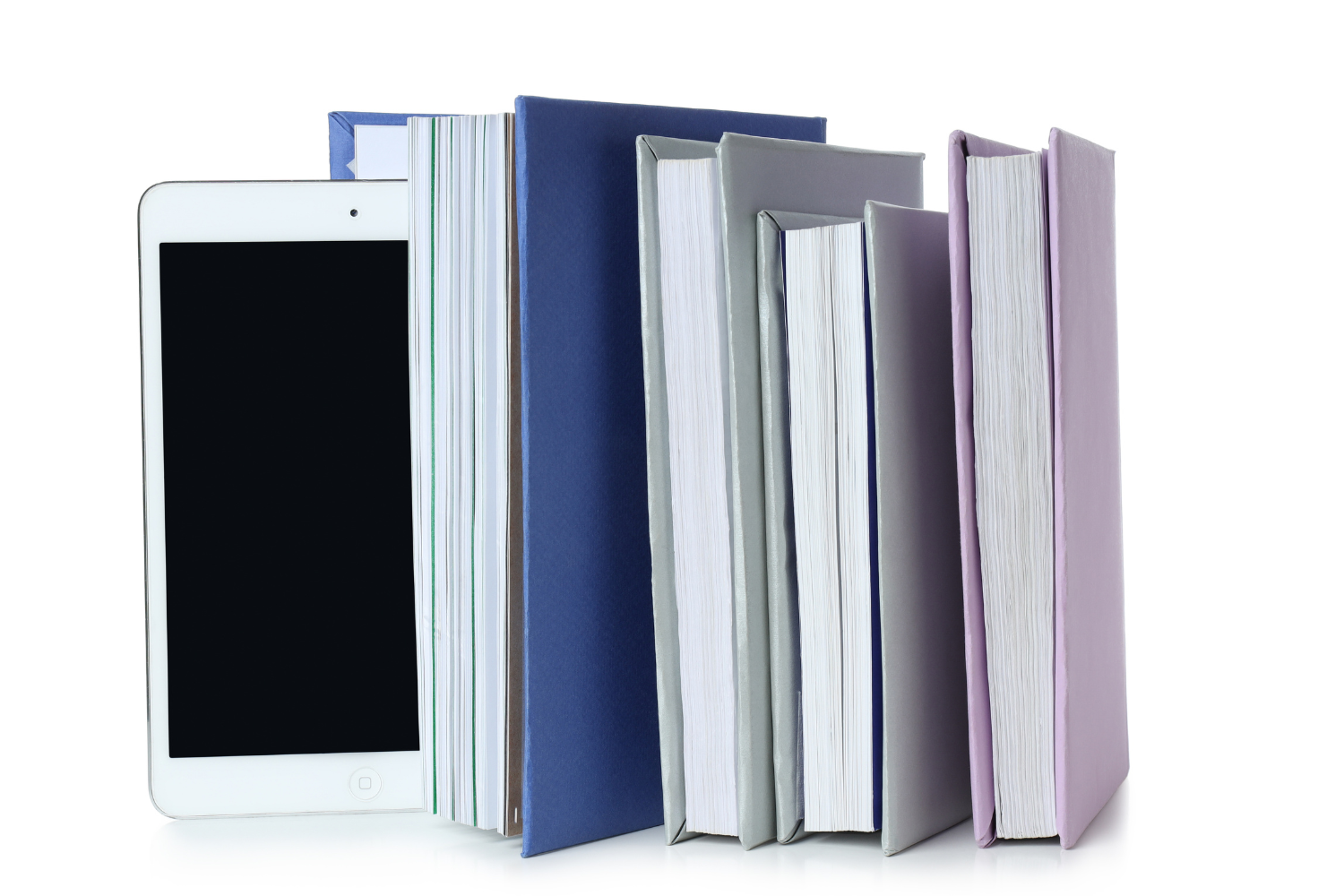
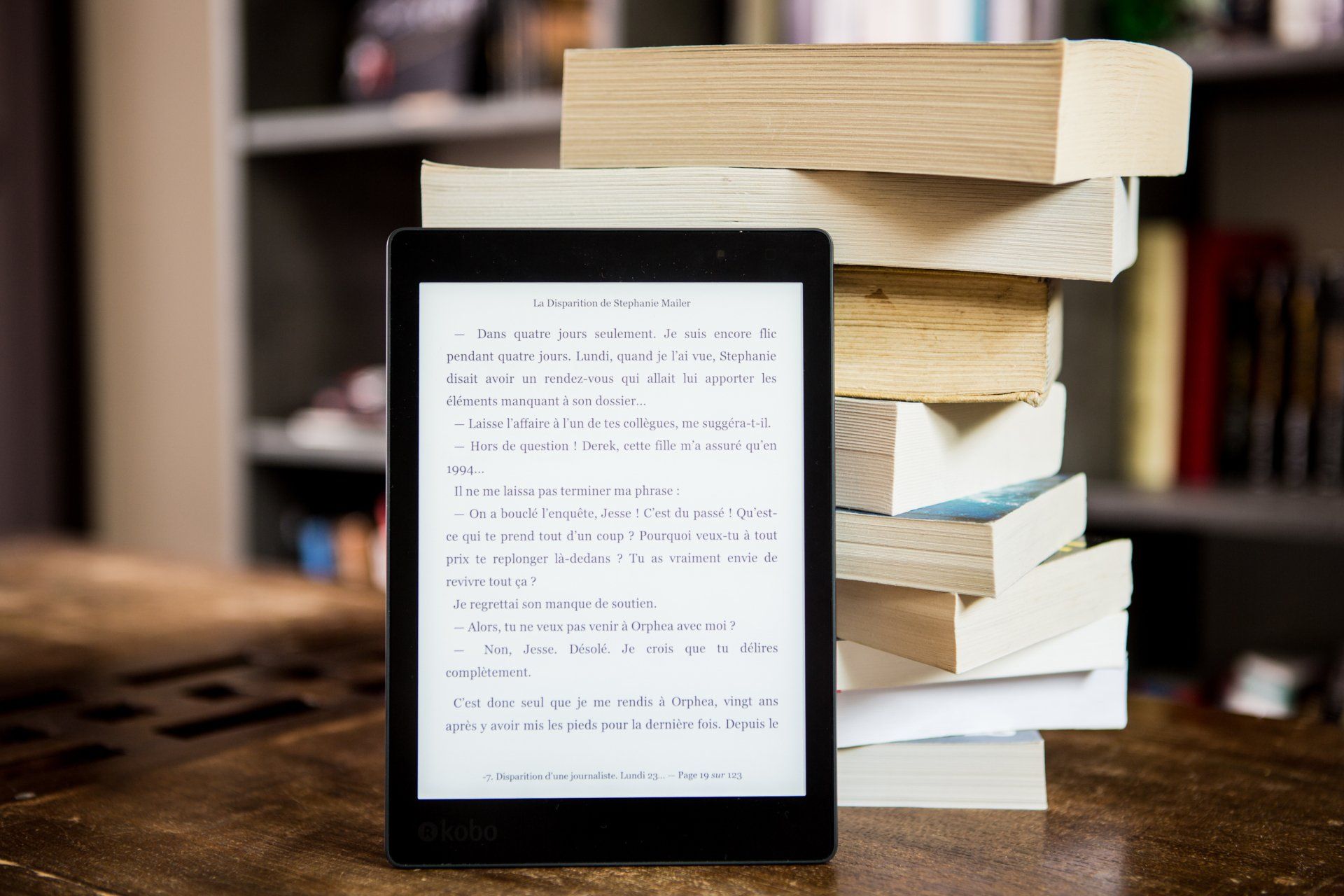

Color Book Options

Color Book Options
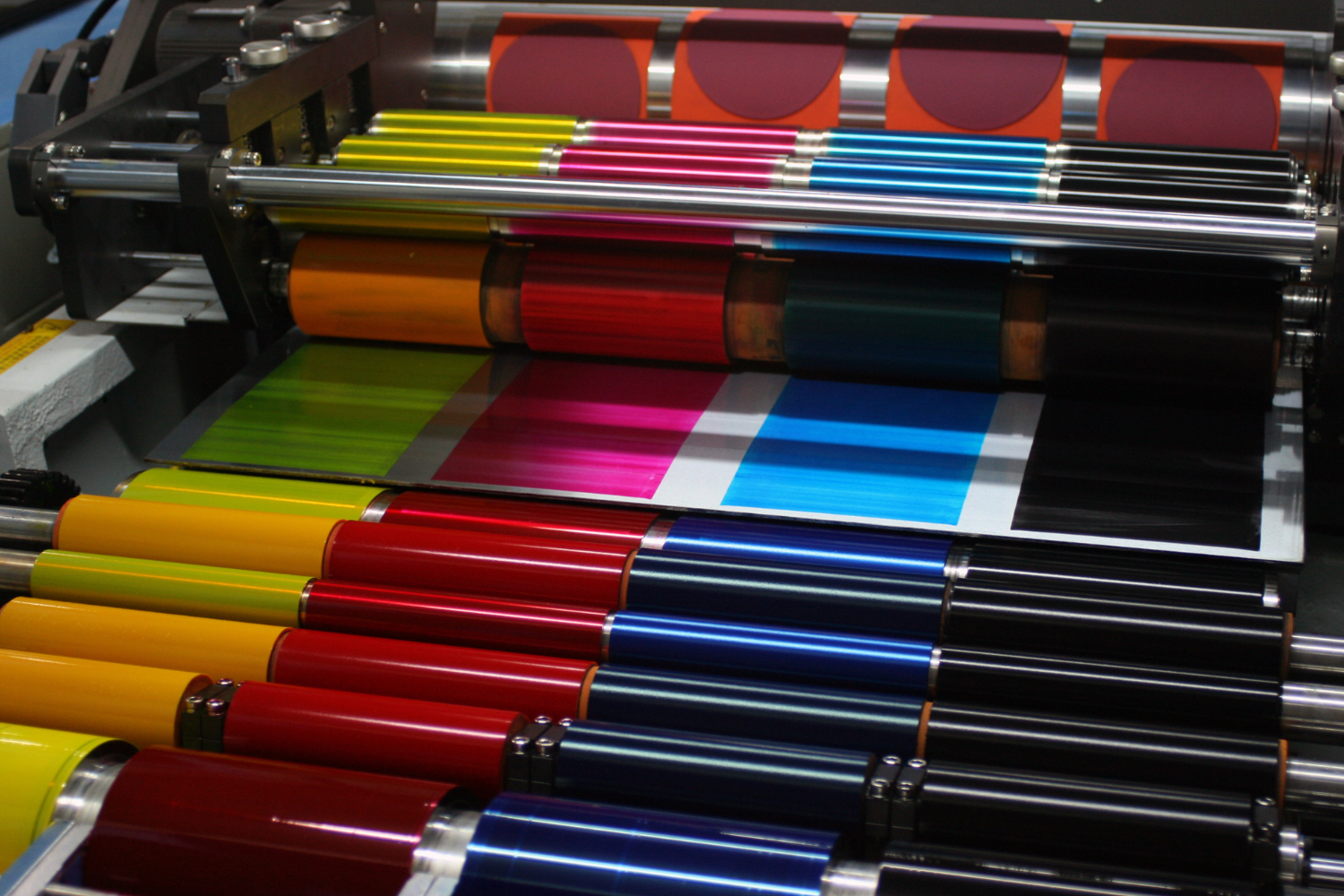
| Trim Size | Cover | Minimum Page # | Maximum Page # |
|---|---|---|---|
| 8.5" x 8.5" | Softcover Perfect Bound | 24 | 480 |
| 8.5" x 11" | Softcover Perfect Bound | 24 | 480 |
|---|---|---|---|
| ? | Hardcover xxx | ? | ? |
| ? | Hardcover xxx | ? | ? |
Authors decide the type of paper, binding, and size they want for their book. At the end of the process, the author is responsible for reviewing the proofs of the book and letting us know if any changes are to be made to the design or text. If there are errors found that occurred when converting the manuscript into the proof, the errors must be submitted on a corrections/proof form so the book design team can make the changes.

Offset Printing
Offset printing is a method to mass-produce books by converting digital book files into film negatives that are used to etch the pages of a book on custom metal plates. When ink is added to the plates, large rollers pick up the ink from the plates and transfer it to paper. Offset printing is commonly used in traditional publishing, which allows authors to print their books in bulk. Byblio Press uses a Print-On-Demand (POD) method to print books – the books are printed one at a time after each book order is placed.
Offset printing has some benefits. It provides higher resolution text and book covers than POD, and there are more paper, cover, book size, and design options available. In addition, each book costs less to produce when compared to POD printing, and the percentage of savings depends on the number of copies printed. Offset printing makes sense when:
- There are special print requirements that are not supported through POD (e.g., unique formats, paper options, binding or cover treatments); or
- There will be a demand for a large number of copies or you want to sell many copies directly to customers; or
- You want to lower your print cost in order to increase your royalties; or
- You want to reprint the book at a lower cost in the future.
Offset publishing also has some disadvantages and most authors are satisfied using the POD option. Offset publishing requires a large upfront investment that authors may not wish to spend, and there is no guarantee that bookstores will sell your book. There is also a minimum number of copies that should be made and sold in order to cover the higher up-front cost. It takes more time to set up the printing plates. We recommend printing at least 1,500 copies of a book using the offset method.
The cost of offset printing depends on a book’s format, number of pages, and the volume you want to print. Contact our Client Services office to discuss the merits of using offset printing.

Interested in our services?
We’re here to help!
We want to know your exact needs so that we can provide the perfect solution. Let us know what you want and we’ll do our best to help.
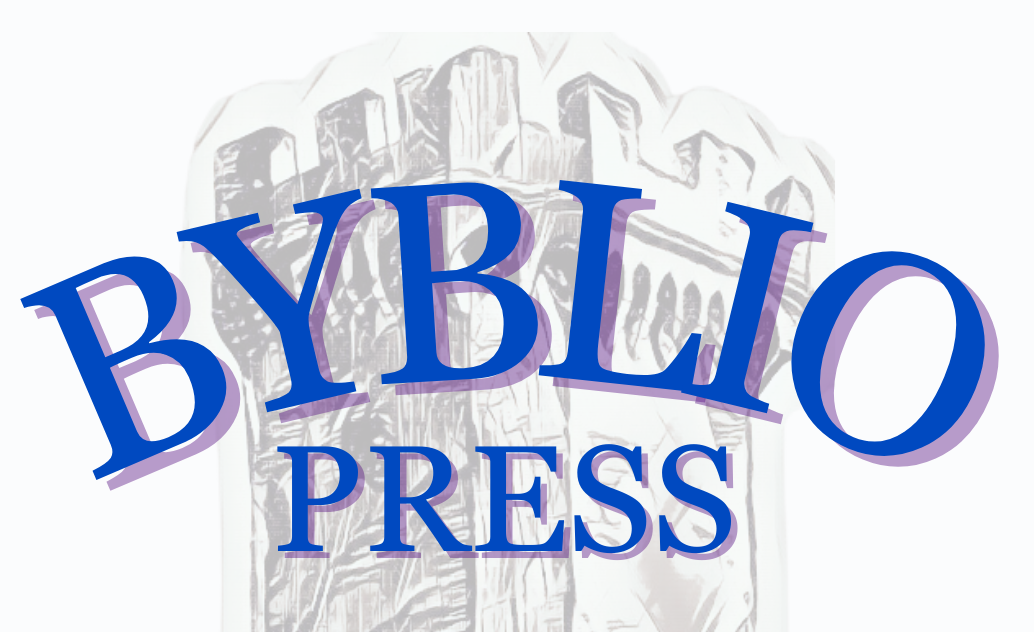
Inspire, Inform, and Transform


Inspire, Inform, and Transform

All Rights Reserved Byblio Press
All Rights Reserved Byblio Press